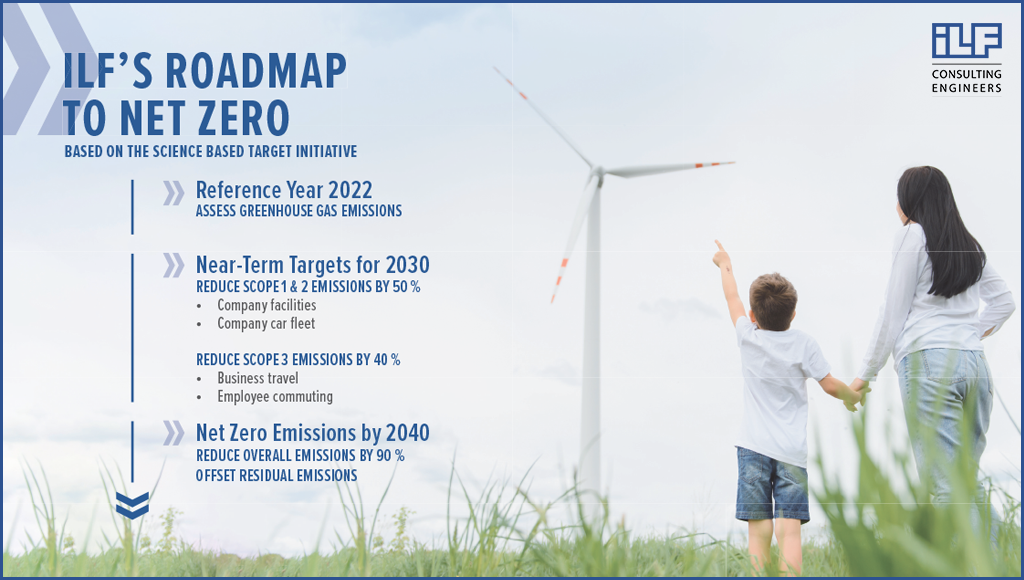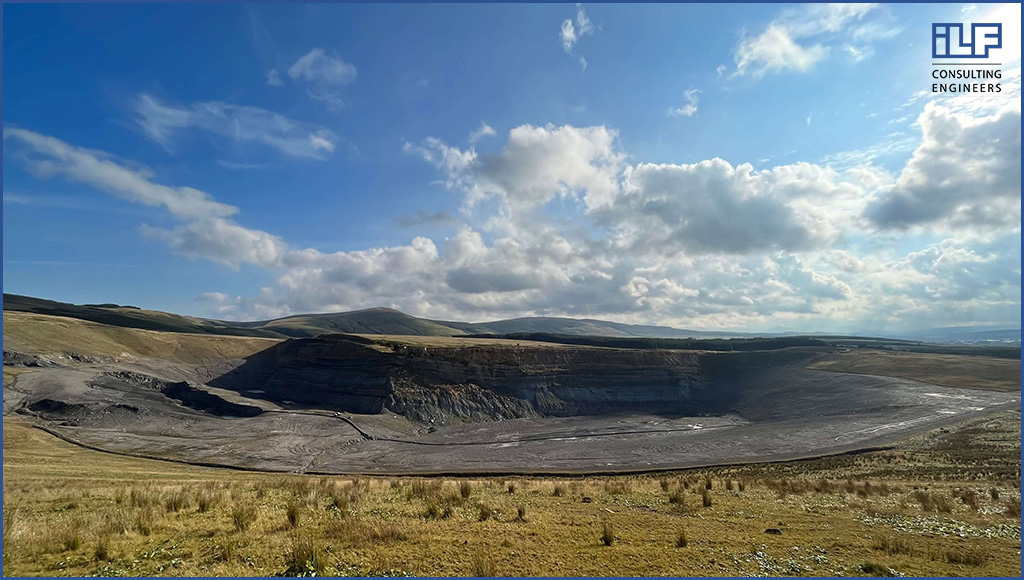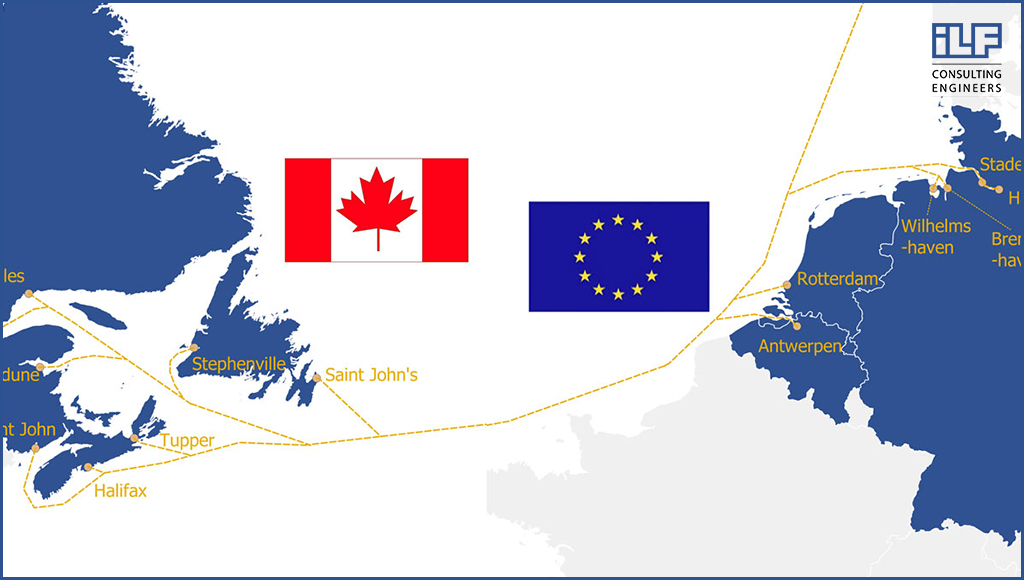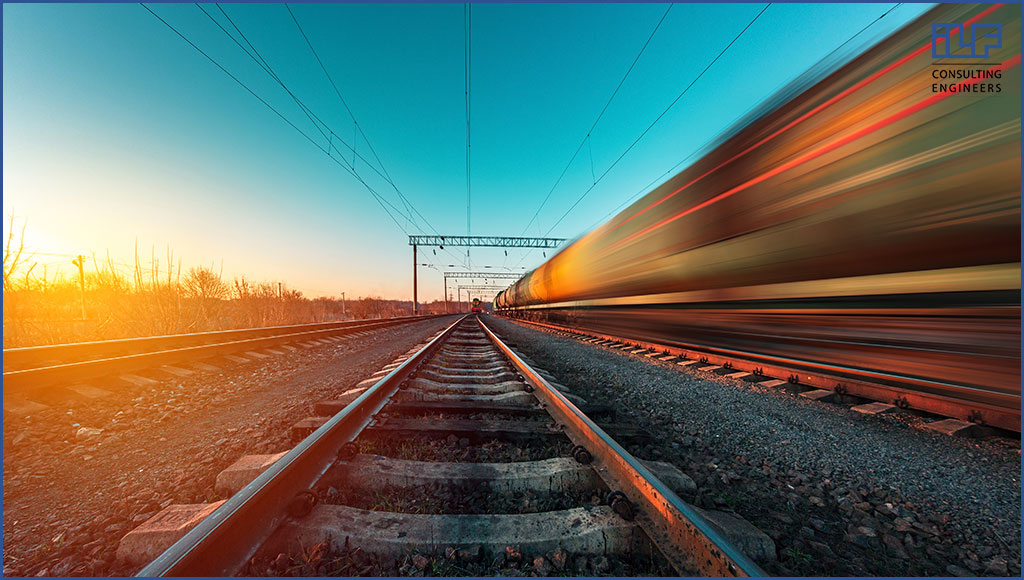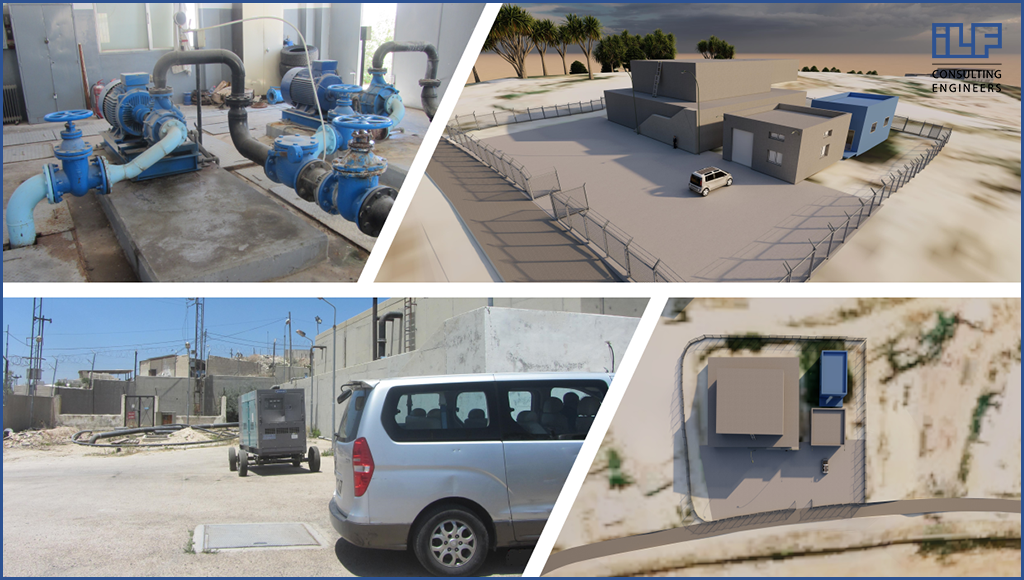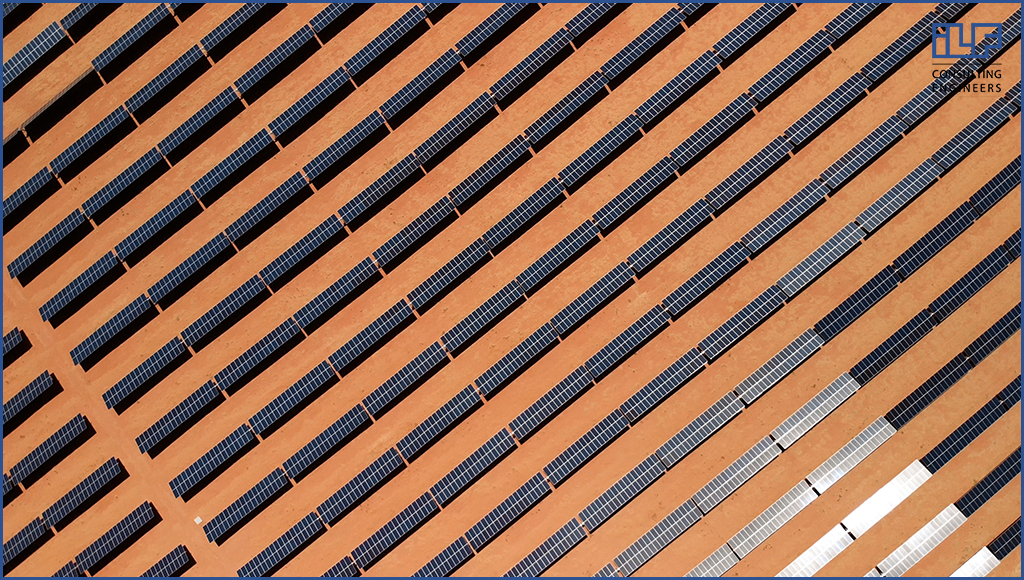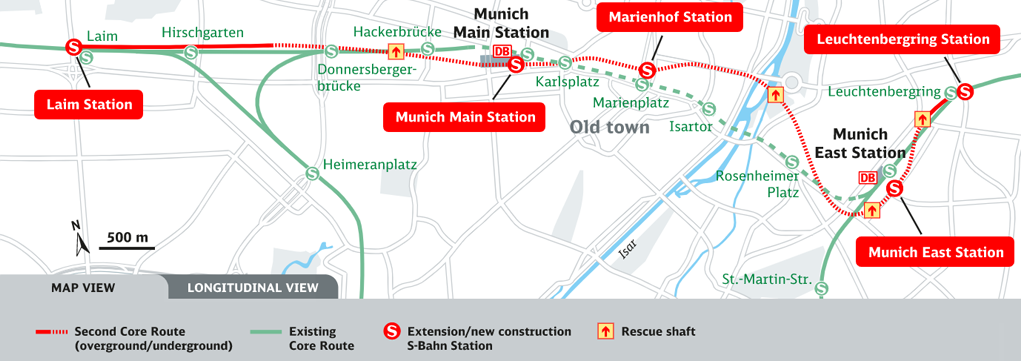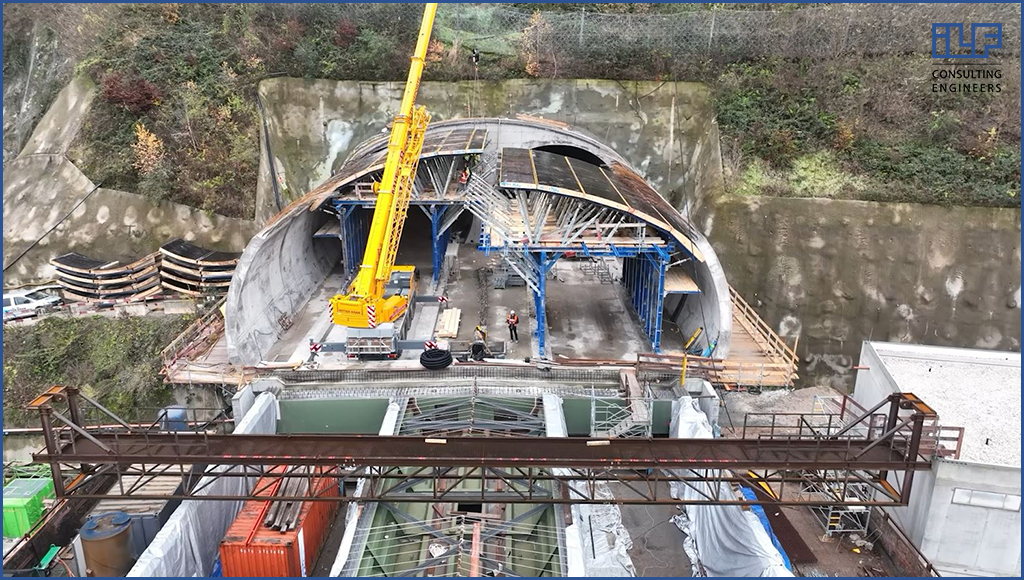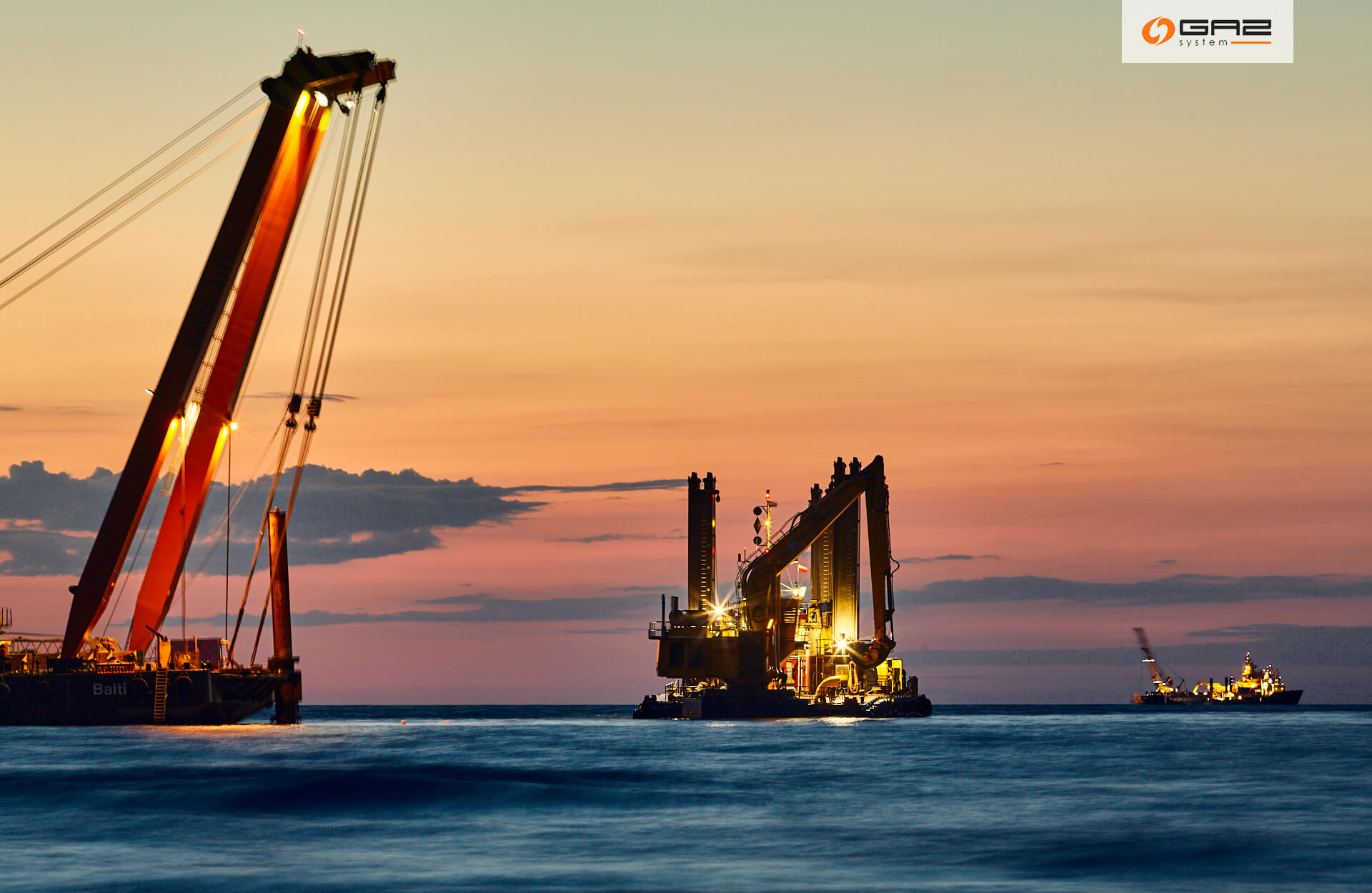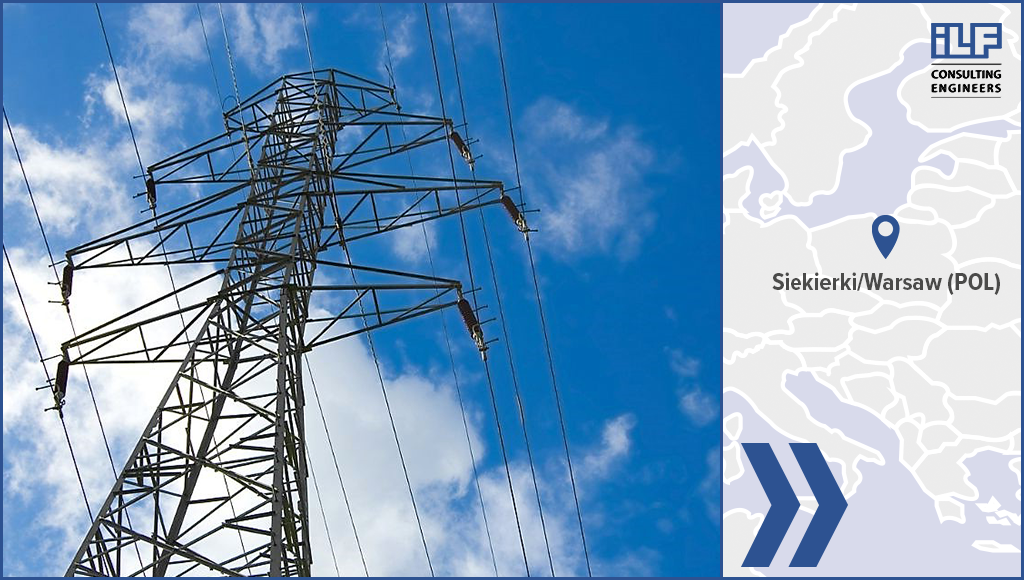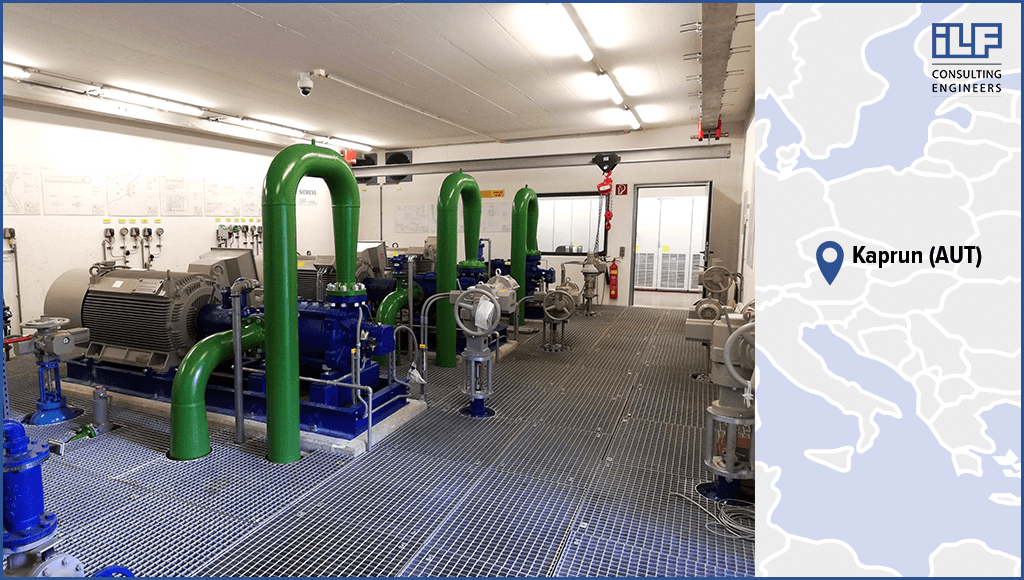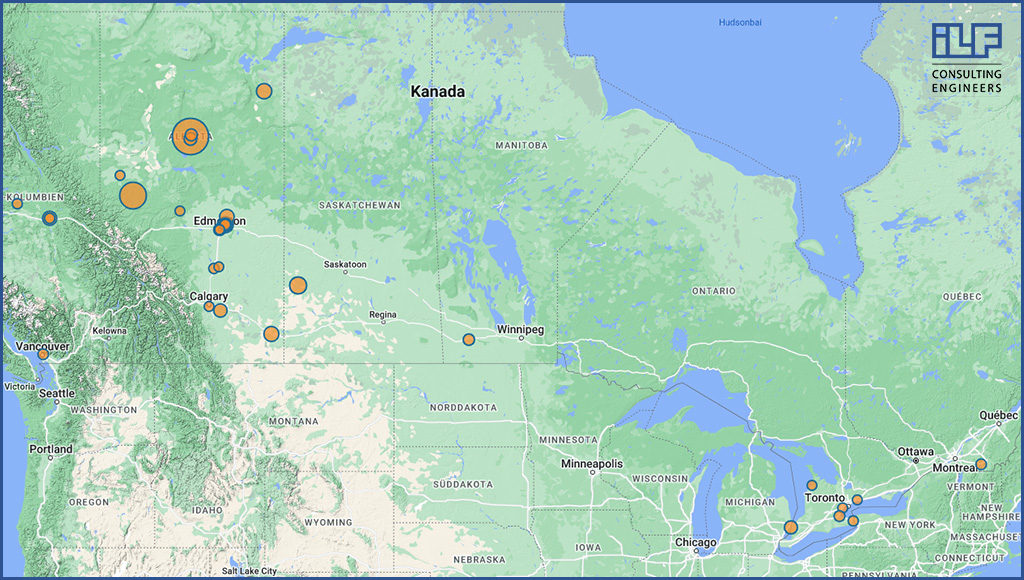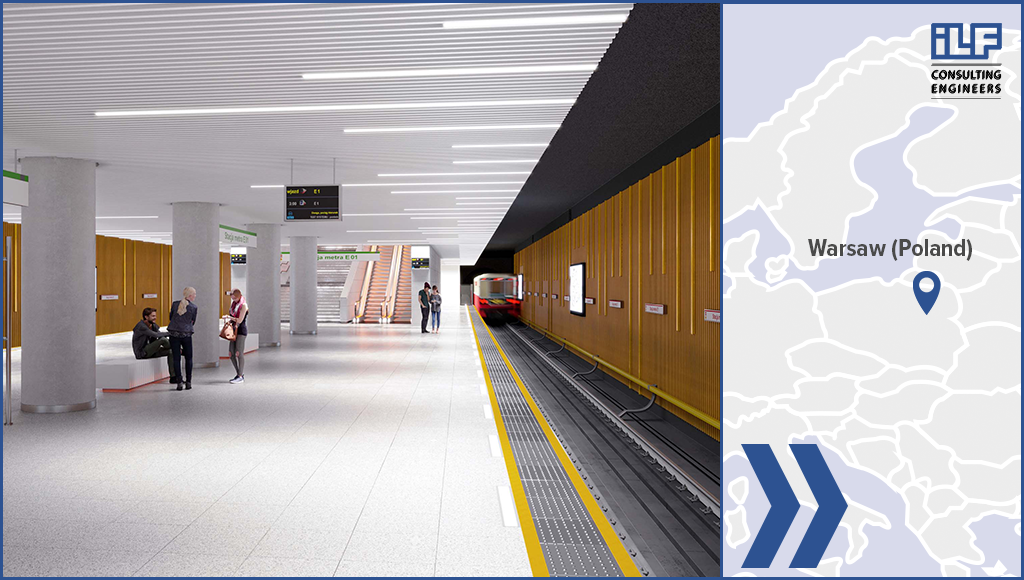ILF aims to become ‘Net Zero’
moreILF has committed itself to becoming ‘Net Zero’ by 2040.
Becoming ‘Net Zero’ first and foremost means reducing, reducing and (once again!) reducing emissions. In line with the Science Based Target Initiative, we are following the pathway towards achieving net zero emissions by making ambitious efforts to reduce our overall greenhouse gas emissions by at least 90% by 2040, and by offsetting a maximum of 10% of our remaining, unavoidable emissions.
How will ILF become ‘Net Zero‘ by 2040?
Having set ourselves near-term targets for 2030 and committed to achieving net zero emissions by 2040, it is now time to take concrete steps to reach this ambitious goal. The Sustainability Team at ILF has therefore organized for a number of Net Zero workshops to be held, where colleagues from all levels of the ILF hierarchy will be able to share their ideas and together formulate specific goals and measures to be taken at their ILF location. In view of our current carbon footprint, special attention will be given to ILF’s “top three” emission sources: Business Travel by Aircraft, Business Travel in Company Vehicles and Employee Commuting.
At ILF, we know that achieving net zero emissions by 2040 in line with the Science Based Targets Initiative is an ambitious goal, but we are ready and willing to do whatever it takes to reach this goal!


